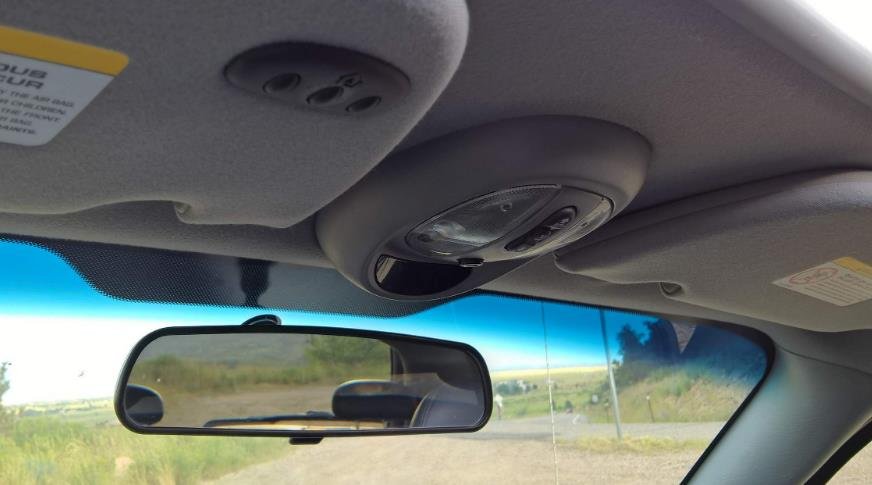The global automotive anti-pinch power window system market is expected to grow by USD 2.37 billion from 2022 to 2027, at a compound annual growth rate (CAGR) of 10.51%, according to a new report by Technavio, a leading market research firm. The report covers the market size, share, trends, drivers, challenges, and opportunities of the automotive anti-pinch power window system market across different regions and segments.
An automotive anti-pinch power window system is a safety feature that prevents the power window from closing when it detects an obstacle, such as a finger, a hand, or a pet, in its path. The system uses sensors, actuators, and controllers to monitor and control the movement of the power window. The system can either reverse the direction of the power window or stop it completely when it senses an obstruction.

The automotive anti-pinch power window system is important for enhancing the safety and comfort of the vehicle occupants, as it prevents injuries and damages caused by the power window. The system also helps in reducing the noise and vibration of the power window, as well as the power consumption and the wear and tear of the components. The system is especially useful for children, elderly, and disabled passengers, who may not be able to react quickly or properly to the power window.
What are the key factors driving the growth of the automotive anti-pinch power window system market?
The key factors driving the growth of the automotive anti-pinch power window system market are:
- The increasing demand for electric vehicles, which require more electronic components and systems, such as the automotive anti-pinch power window system, to improve the efficiency and performance of the vehicle.
- The increasing adoption of advanced driver assistance systems (ADAS), which integrate the automotive anti-pinch power window system with other safety features, such as blind spot detection, lane departure warning, and adaptive cruise control, to provide a holistic and intelligent safety solution for the vehicle.
- The increasing consumer preference for luxury and premium vehicles, which offer more comfort and convenience features, such as the automotive anti-pinch power window system, to enhance the driving experience and the brand value of the vehicle.
- The increasing regulatory and consumer awareness of vehicle safety, which encourages the manufacturers and suppliers to incorporate the automotive anti-pinch power window system in their vehicles, to comply with the safety standards and to meet the customer expectations.
What are the key challenges and opportunities of the automotive anti-pinch power window system market?
The key challenges and opportunities of the automotive anti-pinch power window system market are:
- The high cost and complexity of the automotive anti-pinch power window system, which may limit its adoption and penetration in the emerging and low-cost markets, as well as in the low-end and mid-range vehicles.
- The technological innovations and developments in the automotive anti-pinch power window system, which may create new opportunities for the market players to differentiate their products and services, and to gain a competitive edge in the market.
- The impact of the COVID-19 pandemic on the automotive industry, which may affect the demand and supply of the automotive anti-pinch power window system, as well as the production and distribution of the vehicles and components.
What are the key segments and regions of the automotive anti-pinch power window system market?
The automotive anti-pinch power window system market is segmented by application (luxury vehicle and others), channel (OEM and aftermarket), and geography (APAC, Europe, North America, Middle East and Africa, and South America).
- By application, the luxury vehicle segment accounted for the largest market share of 67% in 2021, and is expected to maintain its dominance during the forecast period, due to the high adoption and penetration of the automotive anti-pinch power window system in the luxury and premium vehicles, which offer more comfort and convenience features to the customers.
- By channel, the OEM segment accounted for the largest market share of 86% in 2021, and is expected to maintain its dominance during the forecast period, due to the increasing integration and installation of the automotive anti-pinch power window system by the original equipment manufacturers (OEMs) in their vehicles, to comply with the safety standards and to meet the customer expectations.
- By geography, APAC accounted for the largest market share of 36% in 2021, and is expected to maintain its dominance during the forecast period, due to the increasing demand and production of electric vehicles, the increasing adoption of ADAS, and the increasing consumer preference for luxury and premium vehicles in the region.
Who are the key players and what are their strategies in the automotive anti-pinch power window system market?
The automotive anti-pinch power window system market is fragmented owing to the presence of many global and regional companies. A few prominent companies that offer automotive anti-pinch power window system are Acsysteme, Brose Fahrzeugteile SE and Co. KG, Continental AG, DENSO Corp., Grupo Antolin Irausa SA, Inteva Products LLC, Leopold Kostal GmbH and Co KG, LITE ON Technology Corp., Mabuchi Motor Co. Ltd., Magna International Inc., Microchip Technology Inc., Nidec Corp., NSB Classic PTE LTD, NXP Semiconductors NV, Panasonic Holdings Corp., Robert Bosch GmbH, Stoneridge Inc., Texas Instruments Inc., Valeo SA, and Mitsuba Corp.
Some of the key strategies adopted by the market players are:
- Expanding their product portfolio and service offerings, by launching new and innovative products and solutions, and by enhancing their existing products and solutions, to cater to the changing and diverse needs and preferences of the customers.
- Expanding their geographical presence and market reach, by entering into new and emerging markets, and by establishing and strengthening their partnerships and collaborations with other players, to increase their customer base and market share.
- Investing in research and development activities, by developing and adopting new and advanced technologies and methods, and by acquiring and integrating other companies and technologies, to improve their product quality and performance, and to gain a competitive edge in the market.
















